If you've got any suggestions for must-read books on sound as well, please be sure to leave your recommendations in the comments section!
Written by Julien Matthey
Working in the sound industry requires advanced knowledge – and even if you’re going to school for cinema or sound, it’s always useful to keep yourself updated during your career about new techniques, gear, and plug-ins. Knowing tips and tricks from the pros is also a plus. Everything evolves very quickly and even if your knowledge is already vast, it is necessary to keep advancing. Sometimes you’ll discover another technique that you never imagined and that could save time or save your life in tough recording situations. The Internet is full of sites, forums and videos on the subject but sometimes nothing beats a good book.
Here’s a non-exhaustive list of books about sound, sound design and recording techniques that can help advance your craft and broaden the scope of your possibilities, to bring you fresh ideas and the necessary theory to apply later in the studio or in the field.
The Free Sound Success Guide • Designing A Movie For Sound • Why Is Sound Important? • David Filskov’s Guide To Sound Effects • 40+ Sound Success Resources
The Sound Effects Bible
By Ric Viers

Written by Ric Viers, creator of Blastwave FX Sound Libraries, and a well-known figure in the field who regularly gives lectures at Full Sail University in Florida, USA.
Aside from a very brief intro on sound theory (useful but not very thorough), this book offers many examples explaining how to record and create your own sound effects; it also has many anecdotes (often with a lot of humor) on the sounds he’s made. Because indeed, recording sound effects in the field brings its share of unforeseen and sometimes funny situations. The author also draws up a list of essential materials you’ll need to be well-equipped for field recording or building a Foley stage or home studio. A big plus is that he proposes a range of configurations for small budgets to large investments
This book is more for people who want to become sound designers than people already working in the industry.
The Location Sound Bible
By Ric Viers

From the same author as the book cited above, The Location Sound Bible addresses the field of sound recording (including dialogue) on filming. Having trained myself in the field, I learned a lot from this reading.
Ric Viers discusses many essential pieces of equipment for film sound recording and for all budgets. It includes a presentation of various recorders, microphones, suspensions for microphones, poles, and wireless systems, as well as essential accessories to facilitate smooth recording sessions. But more importantly, the author includes photos and diagrams that illustrate how to place your pickups (boom or other mics) to get the best quality sound. Many amusing anecdotes also punctuate his remarks. It’s an essential book for any neophyte or even experienced sound recordist and boom operator. At the end of each chapter, Viers proposes some exercises to try out, to help you become familiar with the techniques mentioned.
Location Audio Simplified
By Dean Miles

Location Audio Simplified is one of the most complete books about film sound recording. Here, there’s no great enumeration of material as in the book above. The author, Dean Miles, tells us more about the techniques he has developed during his 30-year career. In this book, he explains how to hold a pole, how to place (and / or hide) lavalier mics but also — something pretty rare in other books— step-by-step how to configure a recorder or an audio connection with different types of cameras (from larger to DSLR). While others gloss over this info (however essential in the trade), this one dedicates a good part of the book to it. Another important thing and also rare or inexistent in the other books is how to behave as a soundman on a set or during interviews — when to be heard and when to influence a decision, especially when looking for a location.
And to complement the many photos and illustrations in the book, the author offers pay-for streaming video lessons. Throughout the book, he refers to videos corresponding to the topics covered. That’s a great strength because nothing is more telling than a video (with audio) to illustrate the examples.
A great book to read (accompanied by videos) for novices who want to learn a lot about being a professional sound person.
Roll Sound
By John Fielden

Despite a slightly dated design, Roll Sound is nonetheless an interesting book. Author John Fielden has recorded hundreds of projects and gives us his experience and anecdotes throughout the book.
This book supplies many photos and diagrams (in color, fortunately) that correctly illustrate the author’s comments. However, there are several obsolete passages devoted to tape recorders and DAT. Although we can understand that they were part of the long career of John Fielden, they are practically not used today. This section can be skipped for most users.
The big plus of this book is that the author lists numerous configurations for capturing sound for typical sporting events, sorted by sport categories (football, baseball, basketball, etc.) and for various ceremonies, talk shows, concerts or films. This is the only book of its kind (that I know of) where we find this info and in so much detail. For those interested, it perfectly complements the other books dealing with sound recording and will help you during the preparation of large-scale recordings, which you may have never experienced before.
One last feature that differentiates it from the others is its very complete appendix containing various documents necessary for taking notes during a shoot or the complex connections of sound recording during events.
Producing great sound for film and video: Expert tips from preproduction to final mix
By Jay Rose

Another book on sound recording, but this one covers the diverse and varied experiences of film sound recording. Although some techniques are well established in the field, it is always interesting to know the methods used by other people.
After a theoretical part on the physics of sound (always useful info to know, even for the most experienced of us), Jay Rose discusses the various techniques of sound recording (how to place microphones, handle a boom, etc.) as well as the necessary equipment for any sound recordist, and it finishes with advanced post-production techniques. This book will delight aficionados of sound who are eager to control the whole audio process.
Popular on A Sound Effect right now - article continues below:
-
26 %OFF
-
28 %OFF
Audio Postproduction for film and video
By Jay Rose

Here’s another book by the same author as the previous one. In this one, Jay Rose explains how to construct a good soundtrack, from the reading of the script in pre-production to recording the voices and sound effects, to applying various audio treatments (effects, equalization, or noise reduction) to each track in post-production. He also discusses how to equip a studio, both in terms of equipment and acoustic treatment. Unlike the previous title, this book focuses much more deeply on post-production.
This book — with its rather advanced theory — is reserved for readers who already have a good knowledge of the subject.
The Foley Grail – The art of performing sound for film, games and animation
By Vanessa Theme Ament

Although we don’t often realize it, a good part of what we hear in many movies, series, and video games was created in the studio. During post-production, the Foley artists add layers of sound effects that weren’t captured during filming, since the main focus on-set is to record the actors’ dialogue.
This book — after a very detailed history of this technique invented by Jack Foley — explains the unfolding of the whole audio process and the different teams which participate, but concentrates especially on the subject of Foley artists. It’s a must-have for anyone interested in adding an extra layer of sound to their audiovisual productions via sound effects.
Field Recording From Research to Wrap
By Paul Virostek

Paul Virostek — creator Airborne Sound — is a field recordist specializing in sound effects; he’s created more than 25,000 sound effects already used in movies such as Batman Begins, Million Dollar Baby or Ali. Far from other books explaining how to get a good sound recording on a shoot, this one really specialized in the technique of field recording. The author draws on his 20-year career experience of capturing the best possible sound in the field, with all the problems and adventures that it can generate.
How to find the right place? What is the most opportune moment for recording? How to handle objects to record? How to avoid any noise pollution on the recordings (wind, people, etc.)? How to make a discreet recording without arousing the attention of people around? How to create sound based on the use of the sound effects? While most books talk about the materials to use, this one really focuses on the methodology and organization that these recordings require.
Therefore, this book is extremely complementary to the others at it is without photos or images. If you are already very advanced in the field, there is a good chance that you will learn only a few things, but once again, it is always interesting to discover the techniques of others.
Sound Design: The Expressive Power of Music, Voice and Sound Effects in Cinema
By David Sonnenschein

This book covers the subject of sound design. The author begins with a great theoretical part on the physics of sound and its effect on the brain, which sets it apart from other books mentioned in this article. Rather than explaining how to use a particular machine or plugin effect, he explains the methodology to apply when developing soundtracks and has many anecdotes about well-known box office movies (Star Wars, The Matrix , and Saving Private Ryan to name a few). More than the sound design, it is really the synergy between the sound and the image narrated in this book that makes it interesting. David Sonnenschein also had the excellent idea to suggest various exercises to apply to better understand each chapter.
This book is dedicated to advanced readers who already have a good knowledge on the subject.
Aaron Marks’ complete guide to game audio for composers, sound designers, musicians and game developers
By Aaron Marks

Aaron Marks is a well-known sound designer and composer in video games. Through this book, he explains all you need to know to embark on sound creation for the very particular field of video games. Although he does not specifically explain how to create sound effects or music, he details how to integrate them into this environment, and how to ensure the sound is perfect (including mixing tips). He also talks a lot about how to negotiate contracts as a composer. Another unique topic he devotes an entire chapter to are the various techniques of recording voices for games.
Within each of his chapters, there are many extremely interesting interviews with other sound designers and composers. We discover the materials they use, and also their little tips and tricks to create perfect sounds — and what not to do.
The Sounds of Star Wars
By J.W. Rinzler

The Sounds of Star Wars is a must-have for any Star Wars sound designers fan! In this imposing-sized book (it will not be chosen as a bedside book), Ben Burtt, the sound designer of the world’s best-known sci-fi franchise, explains the secrets of creating more than 250 sound effects from the movie — each one more amazing than the next. To better remember these sounds, there’s a small audio player included in the book that allows you to play each of the sounds mentioned; they are numbered and visible in the photos that illustrate the book.
The only drawback of this book is that the sound quality of the small audio player leaves a lot to be desired, which is really a shame for a book that talks about sound. But this is a small detail compared to the immense pleasure of discovering the elements that served as the basis for the most famous sound effects in the world. Fans of Star Wars should go for it; you will not regret it!
A big thanks to Julien Matthey for giving us an overview of some of the great audio resources out there!

About Julien Matthey:
Passionate about sound in all its forms, Julien Matthey draws on his studies as a sound engineer and over 15 years of experience to offer a modern and professional vision of sound creation. Sound Designer, sound recordist or voice-over, he’s versatile, placing him among the most renowned sound specialists in Switzerland. Learn more about him here.
• 100 Unusual, Novel and Surprising Ways to be a Better Sound Designer in Video Games – by Rob Bridgett (get the book here)
• The Game Audio Strategy Guide– by Gina Zdanowicz & Spencer Bambrick (get the book here)
• Tales of a Technical Sound Designer – by Damian Kastbauer (get the book here)
• New Realities in Audio: A Practical Guide for VR, AR, MR and 360 Video – by Stephan Schütze (get the book here)
• Practical Art of Motion Picture Sound – by David Lewis Yewdall (get the book here)
• Women In Audio – by Leslie Gaston-Bird (get the book here)
• Leading with Sound – by Rob Bridgett (get the book here)
• Master Handbook of Acoustics – by F. Alton Everest (recommended by Randy Coppinger – get the book here)
• Film Sound: Theory and Practice – by Elisabeth Weis (recommended by Mark Kilborn – get the book here)
• Sound-On-Film: Interviews with Creators of Film Sound – by Vincent Anthony LoBrutto (recommended by Mark Kilborn – get the book here)
• Dialogue Editing for Motion Pictures: A Guide to the Invisible Art – by John Purcell (recommended by Ryan Cota – get the book here)
• Mixing Audio, Second Edition: Concepts, Practices and Tools – by Roey Izhaki (recommended by Vedran Kapetinic – get the book here)
• Audio-vision – by Michel Chion (recommended by Derrick Espino – get the book here)
• Pro Tools 10 for Game Audio – by Greg deBeer (recommended by Ruben Antonio Infante – get the book here)
• Designing Sound for Animation – by Robin Beauchamp (recommended by Aakash Kulkarni – get the book here)
• Studying Sound: A Theory and Practice of Sound Design – by Karen Collins (recommended by Dave Raybould – get the book here)
• Hearing the Movies: Music and Sound in Film History – by James Buhler, David Neumeyer, & Rob Deemer (recommended by Javier Quesada – get the book here)
• Principles of Game Audio and Sound Design – by Jean-Luc Sinclair (recommended by Dave Raybould – get the book here)
• Designing A Movie For Sound – by Randy Thom (read it here)
• Why is Sound Important? – by Randy Thom (read it here)
• David Filskov’s Guide To Sound Effects (read it here)
 Get the massively-popular – and entirely free – Sound Success Guide, a 60+ page guide featuring insights from 20 industry experts on how to get started and succeed in 18 different types of audio jobs.
Get the massively-popular – and entirely free – Sound Success Guide, a 60+ page guide featuring insights from 20 industry experts on how to get started and succeed in 18 different types of audio jobs.
Power Lists - essential audio resources and insights:
• The Sound Design Power List
• The Game Audio Power List
• The Film Sound Power List
Succeed in sound:
• How to Set (and Get) the Right Price for Your Audio Work
• 10 Essential Tips for Game Audio Freelancers
• How to be a successful sound designer – with Scott Gershin
• How To Actually Live as an Audio Freelancer – by Melissa Pons
• How to set your sonic creativity free & overcome creative inhibitions – by Mark Kilborn
• 5 Useful Tips for Upcoming Sound Designers and Sound Editors
• Sound Opinions: How to get game audio pricing right
• Building a successful audio post studio – with Kate Finan and Jeff Shiffman
• Rebuilding your studio: Goals, tips and lessons learned
• Creating audio for games – with Martin Stig Andersen
• A life in sound: How to foster creativity and protect yourself from burning out – with Chance Thomas
• Better audio work habits: How a Wacom Tablet can help reduce the risk of Repetitive Strain Injury (RSI)
• Better audio work habits: How a sit & standing desk can reduce your sedentary studio life
• Tips and thoughts on running your own audio post production house – with William McGuigan
• 30+ year audio veteran Andy Greenberg, on building client relationships in the advertising industry
• 7 Sound Alternatives to Working For Free
• Audio Outsourcing Success: Essential Tips, Thoughts and Working Practices from Adele Cutting
• How to succeed in UI/UX Sound Design, ADR Recording, & Audio Programming
• How to succeed in sound design for Film, Documentaries, and Trailers
• How to succeed in sound design for Games, Animation, and Television
• How to succeed in Field Recording, Foley, and Teaching Sound
• How to succeed in Audio Branding, Music Editing, and sound for VR
• How to succeed in Theater Sound Design, Podcast Sound Design, and Podcast Production
• How to succeed in Sound Editing, Sound for Advertising, and Production Sound
• How to succeed in Sound Editing, Sound for Advertising, and Production Sound
• The Composer Success Series: Composing for Film – ft. Pinar Toprak, Nainita Desai, & Jonathan Snipes
• The Composer Success Series: Composing for TV – ft. Charlie Clouser, Sherri Chung, & Cindy O’Connor
• The Composer Success Series: Composing for Theatre – ft. Elyssa Samsel, Kate Anderson, and Daniel Kluger
• The Composer Success Series: Composing for Games – ft. Inon Zur
• The ‘Quit Aspiring’ book – by Adam Croft
• How to get hired in game audio – thoughts and insights from your potential employer’s perspective
• Why gear is not the ticket to entry in the game audio community
• 4 Effective Ways to Break into Game Audio
• Tips for Creating a Perfect Resume for Audio Industry Jobs
• Yet Another Game Audio Hiring Article – by Ariel Gross
• 5 Tips for Getting a Job in the Audio Industry
• Applying for a job in game audio – by Matthew Florianz
• Freelance Game Audio: Getting Started and finding work – by Ashton Morris
• How to get started (and make it) in game audio – 10+ fundamental questions answered by Akash Thakkar
• Courses: How to network and get paid for your work in the game industry – by Akash Thakkar
• How to Craft a Perfect Cover Letter for Audio Industry Jobs
• Get the weekly Audio Jobs newsletter
• Join the Audio Jobs Facebook group
• Upload your demos to Soundcloud
• Upload your demos to ReelCrafter
• Find interesting audio events around the world
• Find other audio pros around the world
• How to prepare for – and power through – a layoff in the game audio industry, with Brian Schmidt:
• How to Survive a Game Audio Layoff – insights from Damian Kastbauer
• What it’s like to be laid off from your video game studio
• What To Do Before and After Being Laid Off
• Facebook Group: Survival Skills for Creatives
• How To Learn Game Audio Online – A talk with Game Audio Educator Leonard Paul
• Hear the very best podcasts about sound
• Read the 100s of sound stories and guides on the A Sound Effect blog (search for stories here)
• Browse Industry Data: Game Music and Sound Design Salary Survey Results
• Browse 100+ Sound Design Guides
• Find essential books about sound – for film, games and audio post production
• Get tips and ideas for making your own sound effects
• Use the Audio Events Calendar to find audio-related events around the globe
• Get a steady stream of great sound stories from the community
• Discover 1000s of sound libraries from the independent sound community
• Take online courses in Wwise, FMOD Studio, Unity, Pure Data & Unreal at the School of Video Game Audio
• Sound effects survey results: Here are 90+ ideas for new SFX libraries
• How to create an indie sound bundle
• The quick-start guide to adding sound FX library metadata
↑ Back to top
Please share this:
-
26 %OFF
-
28 %OFF
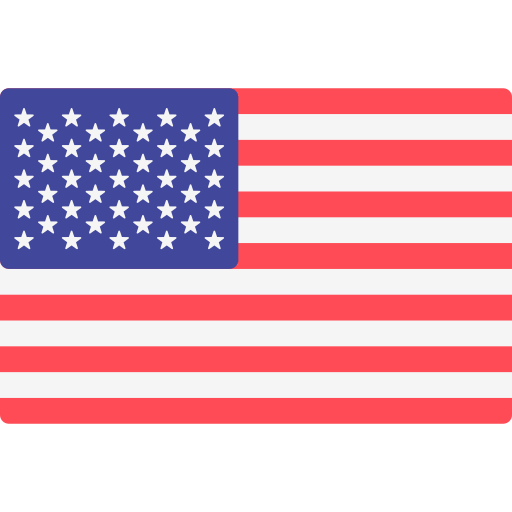













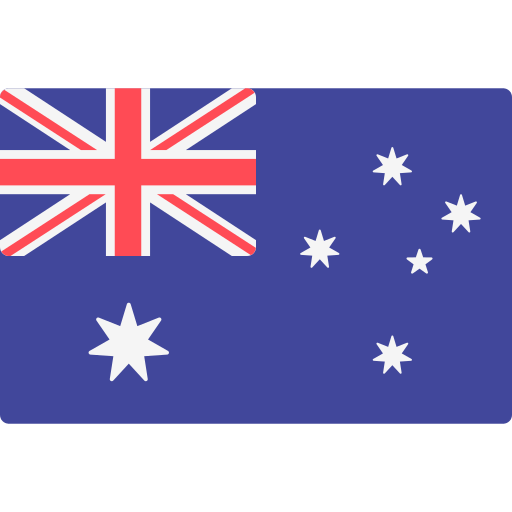


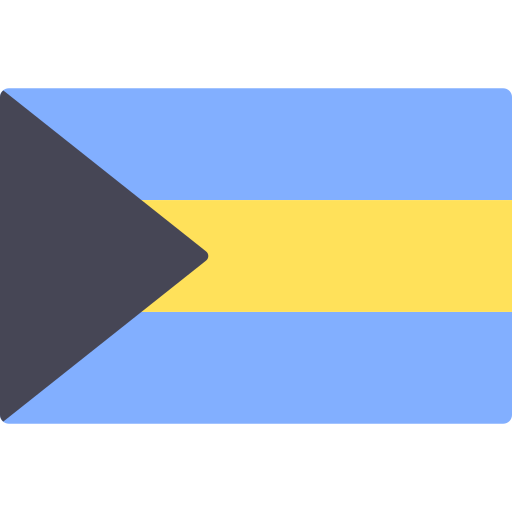













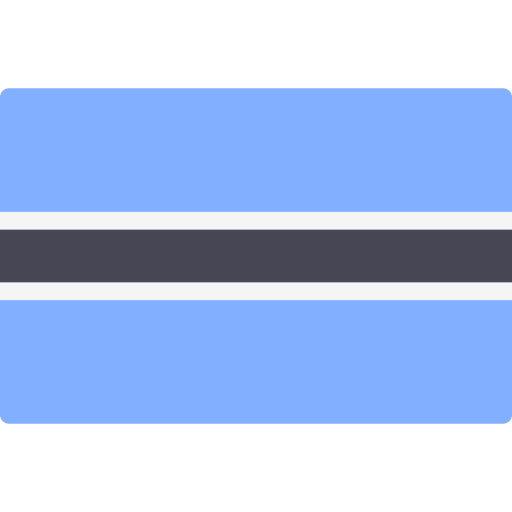
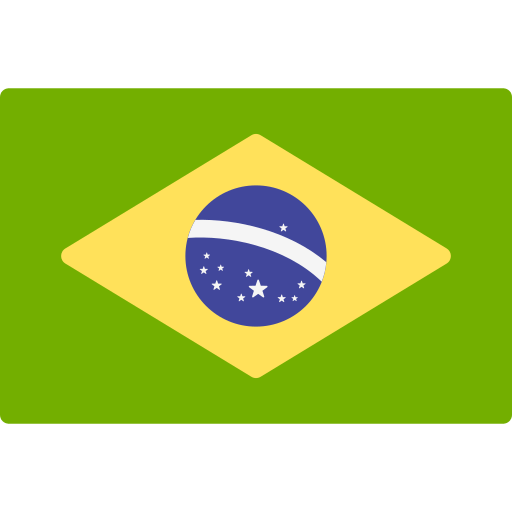
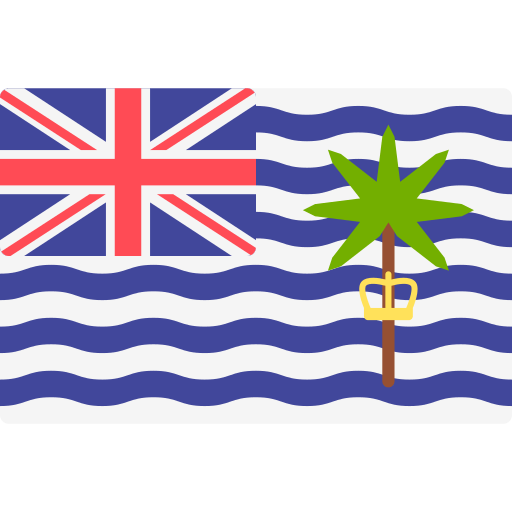





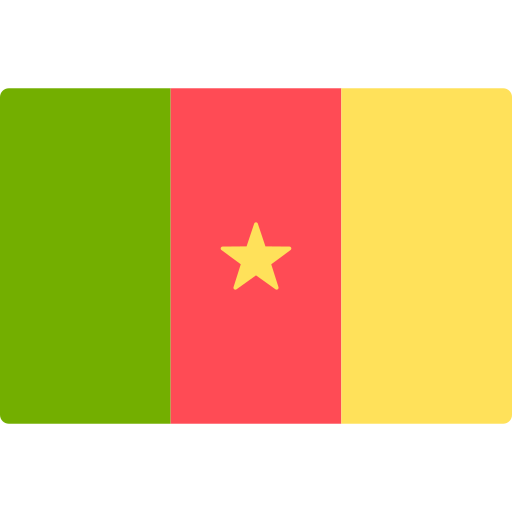
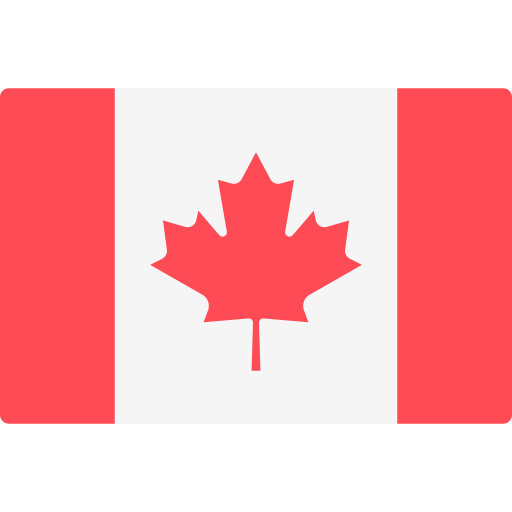

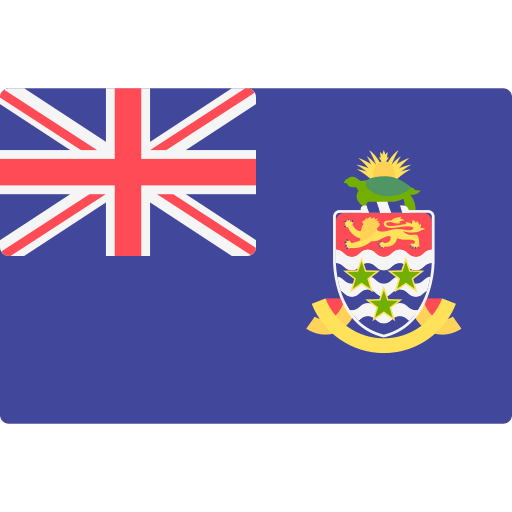

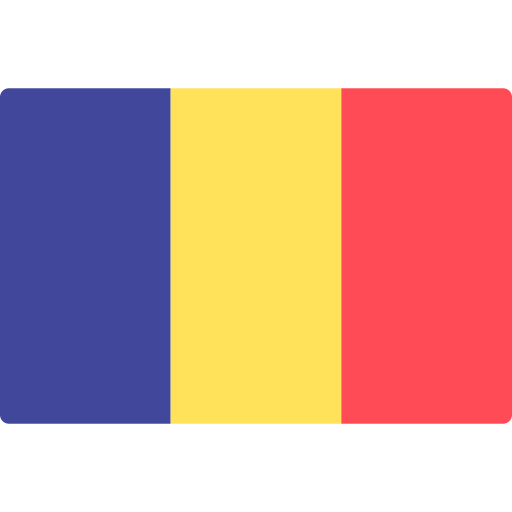

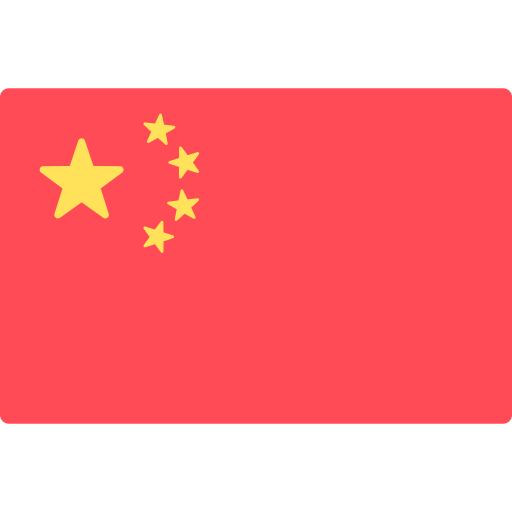

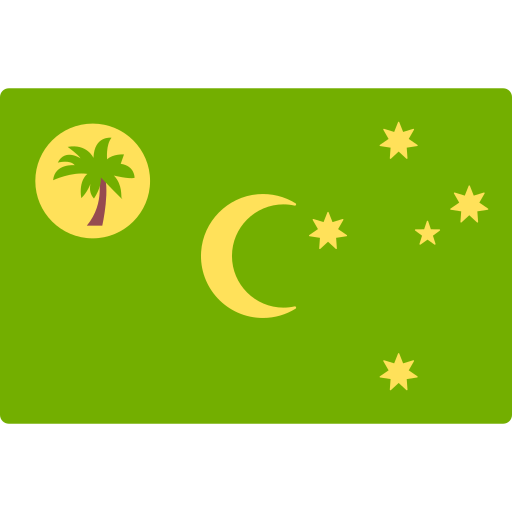


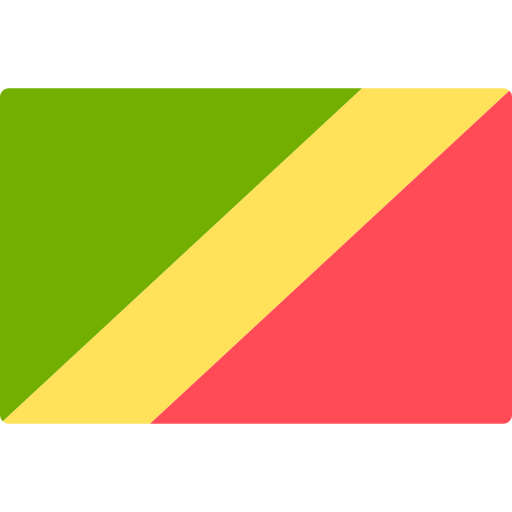

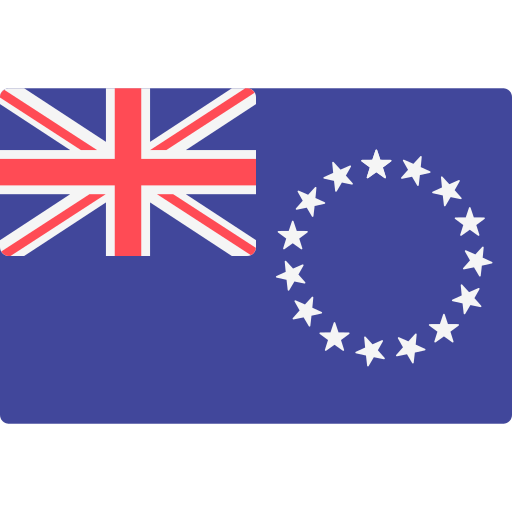














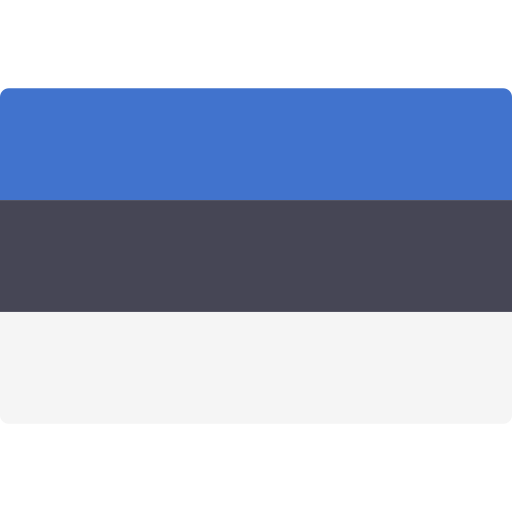


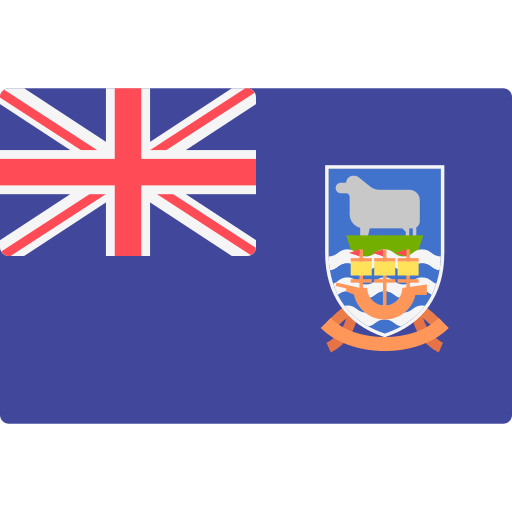
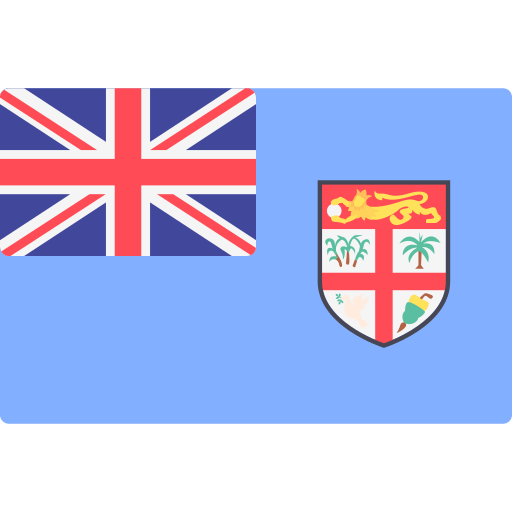

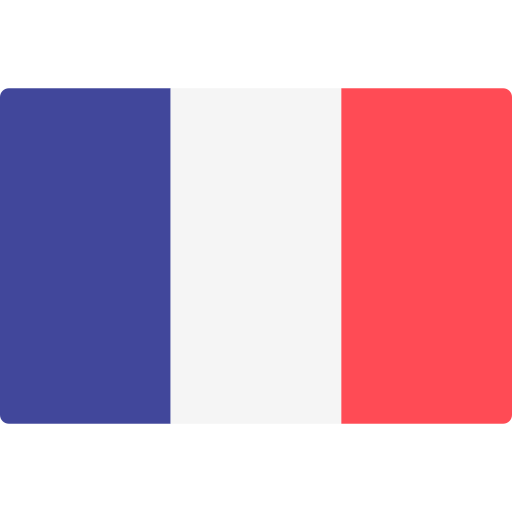


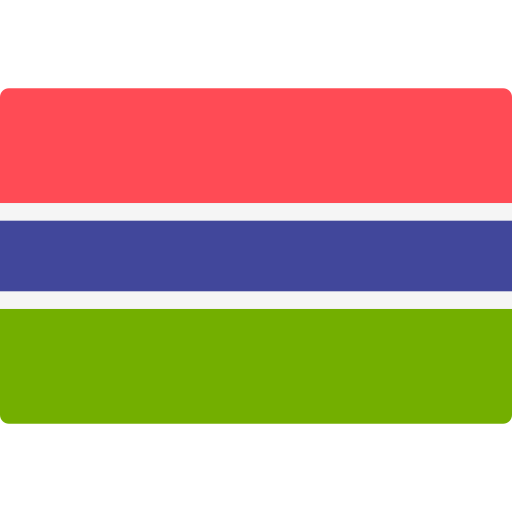






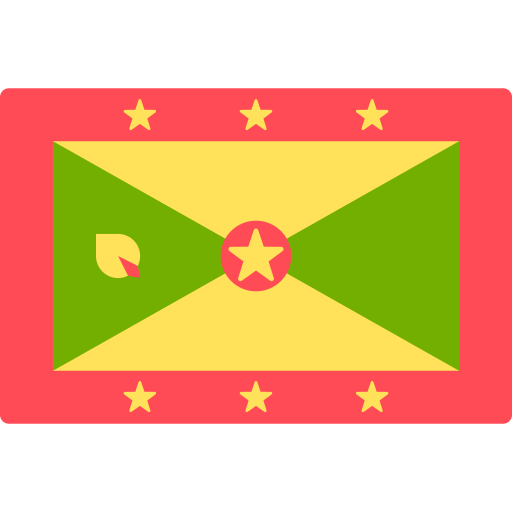



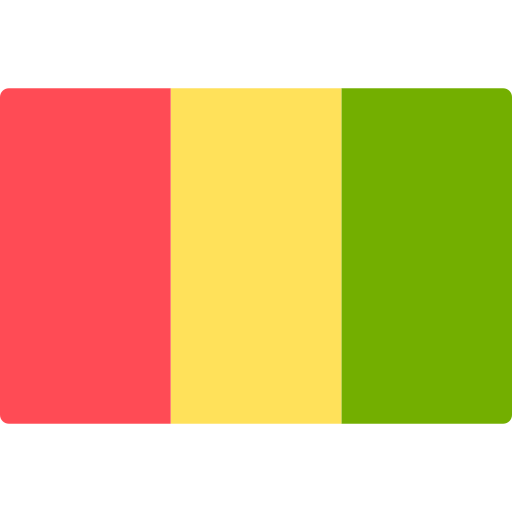






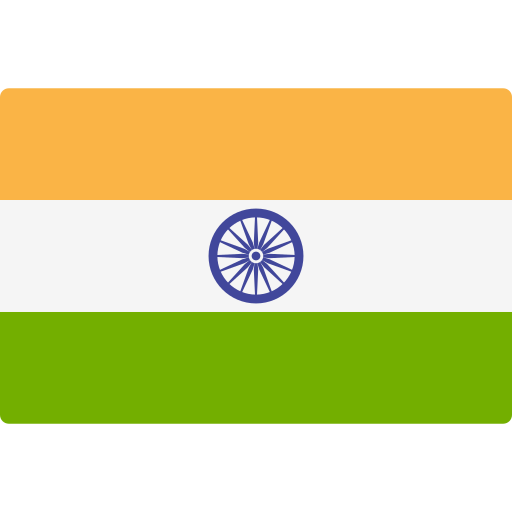



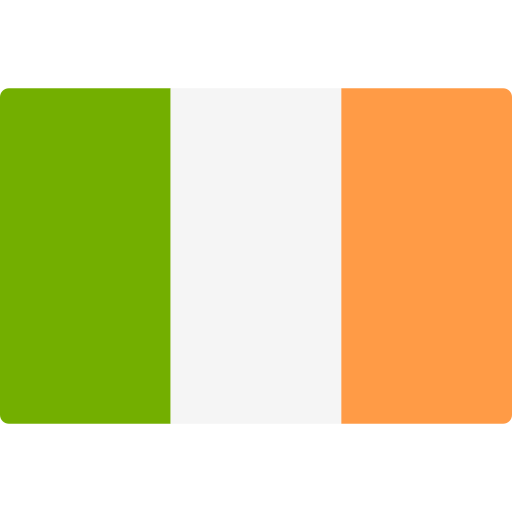
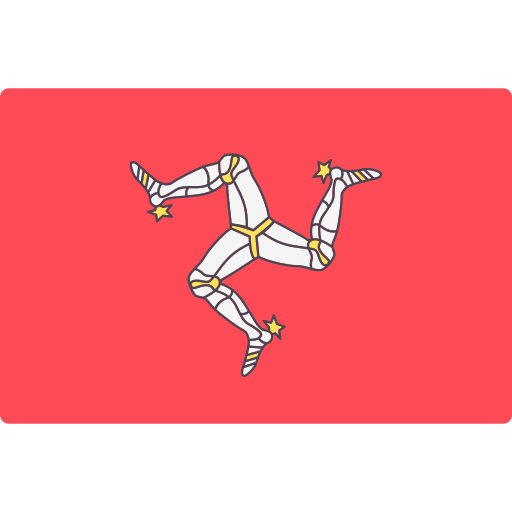


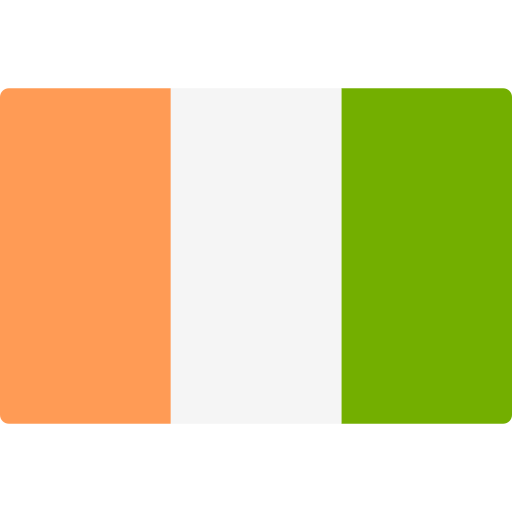
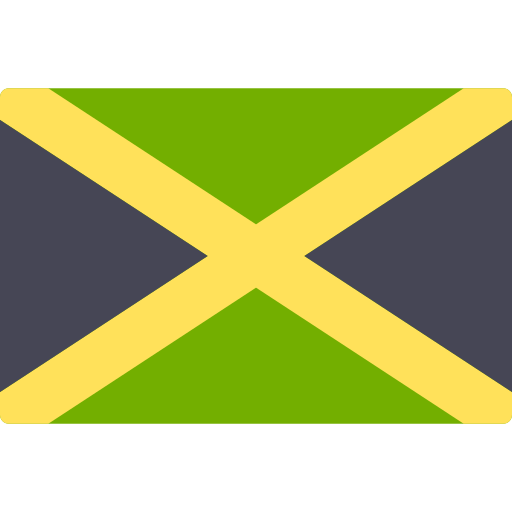












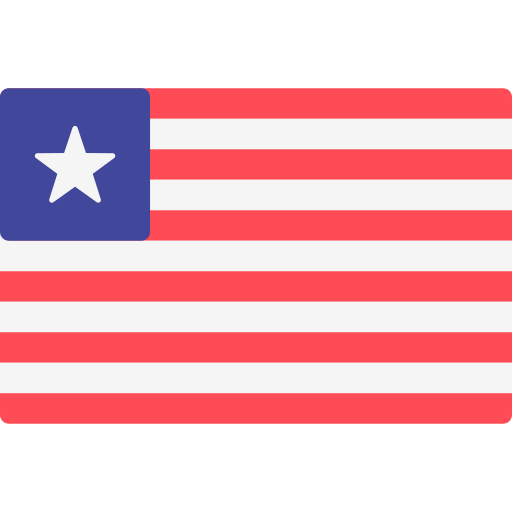



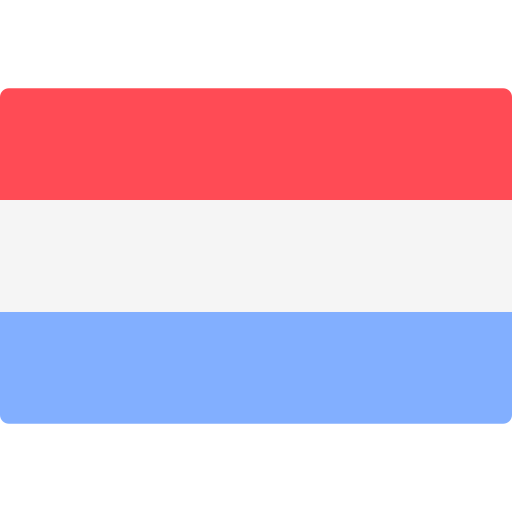





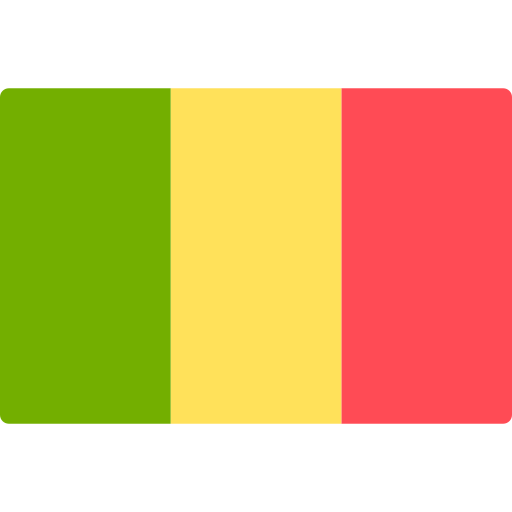
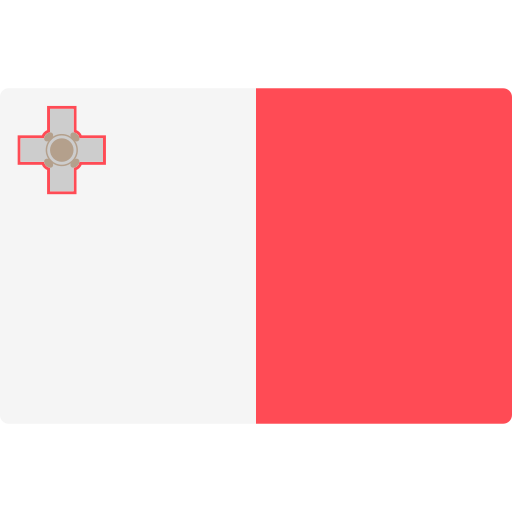



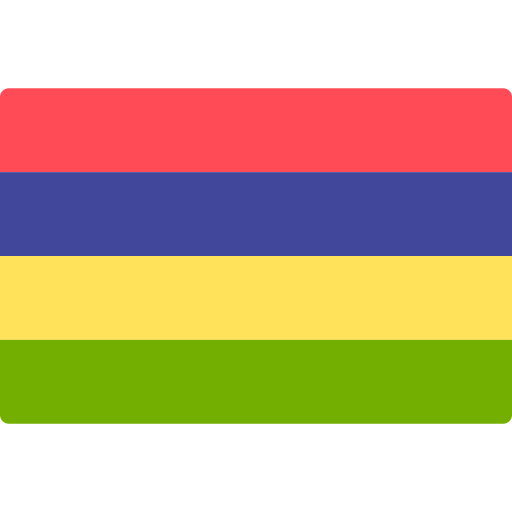






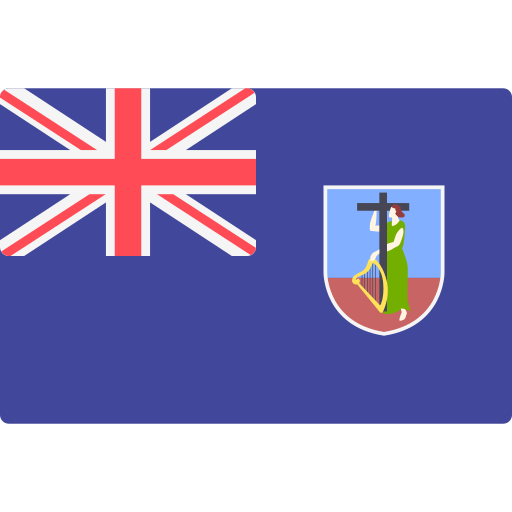







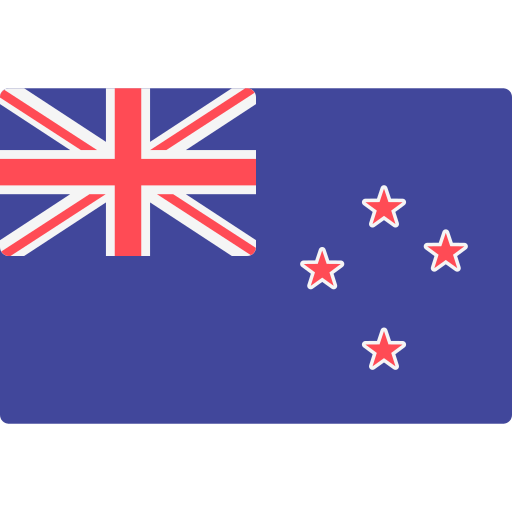

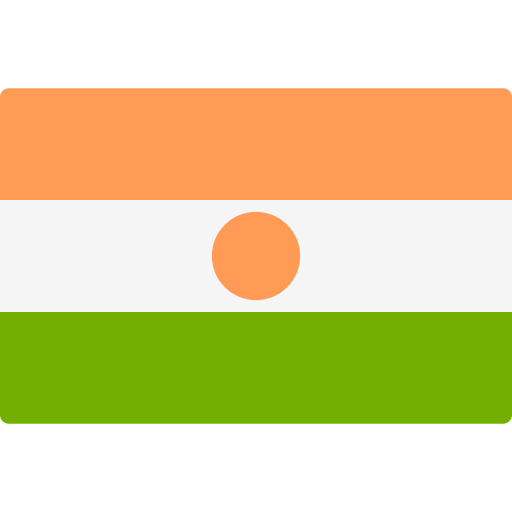

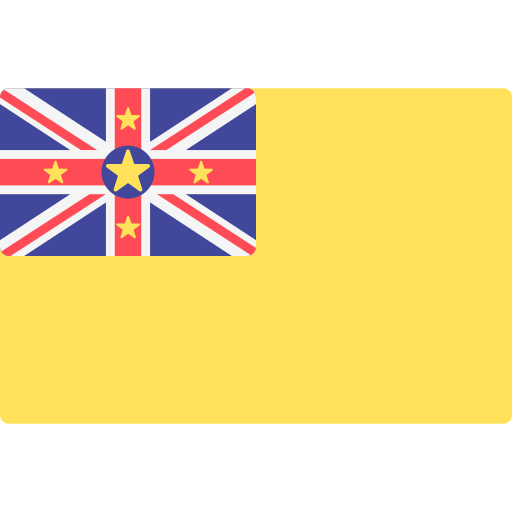
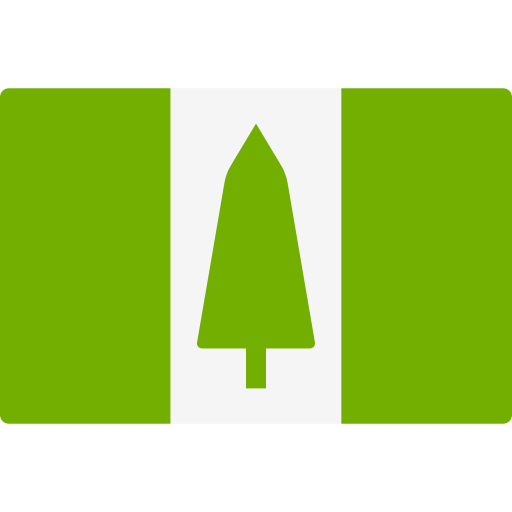
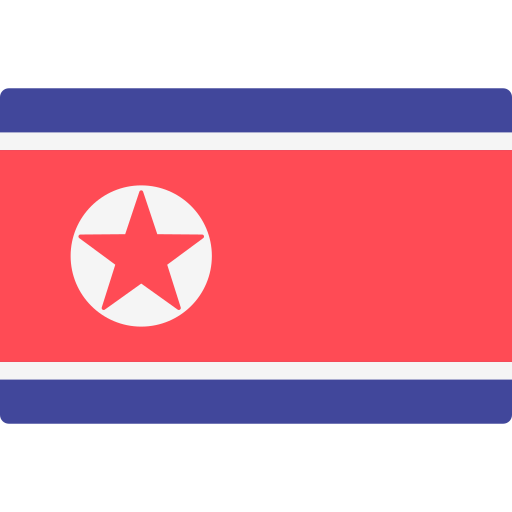







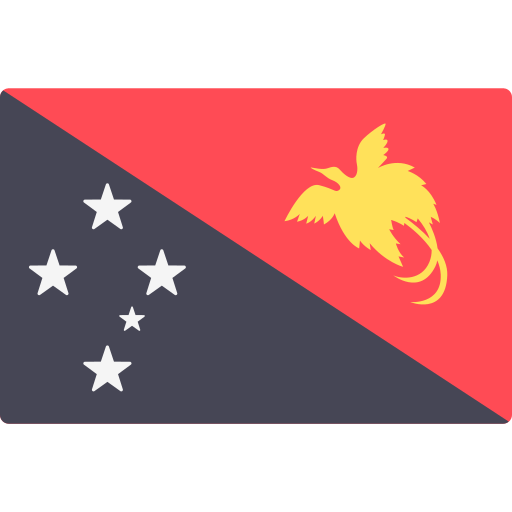



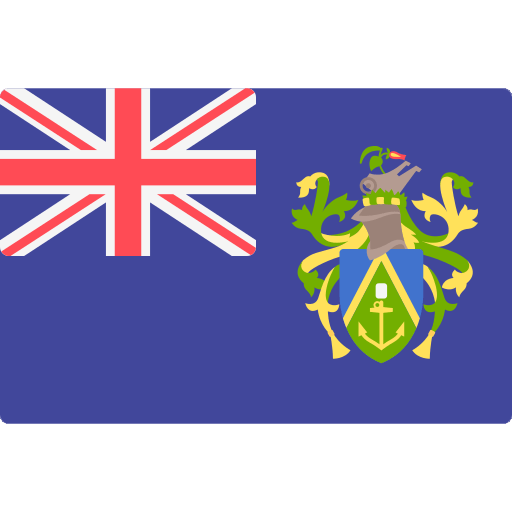


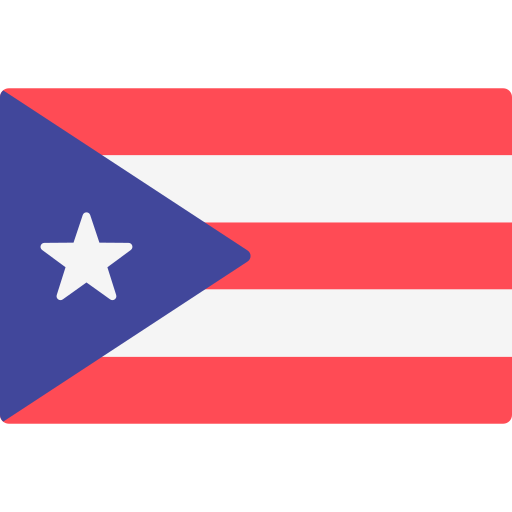

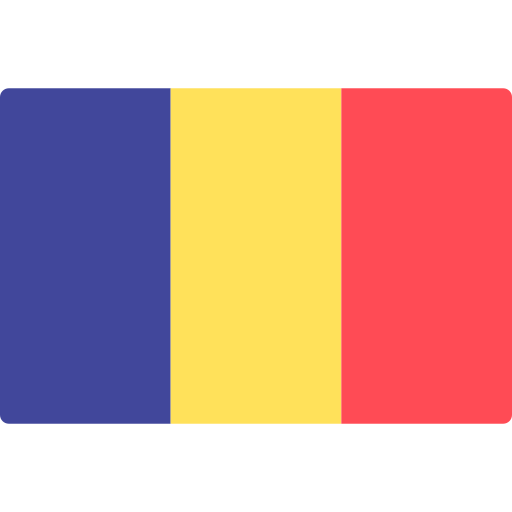




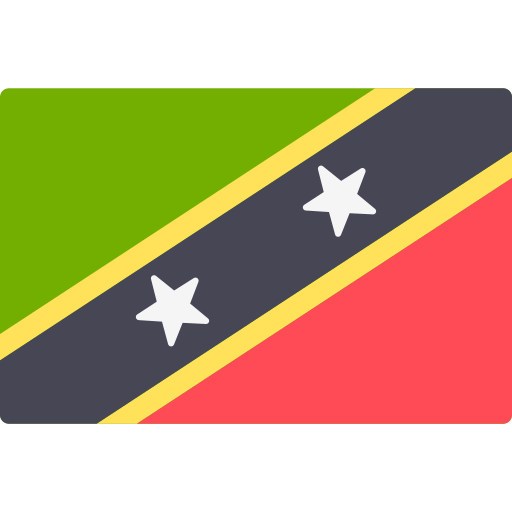






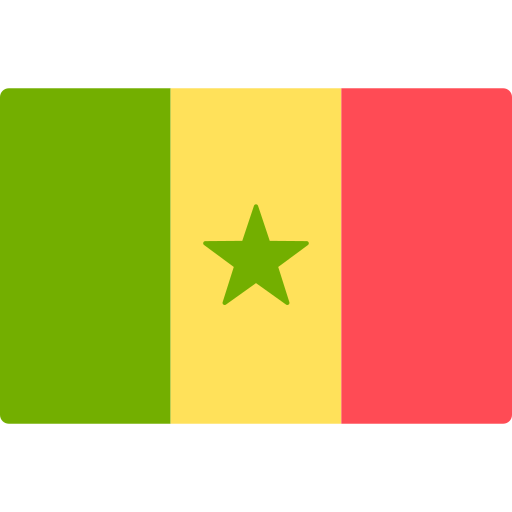

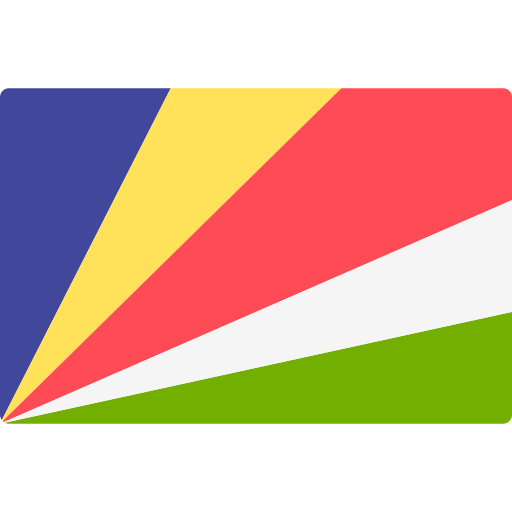




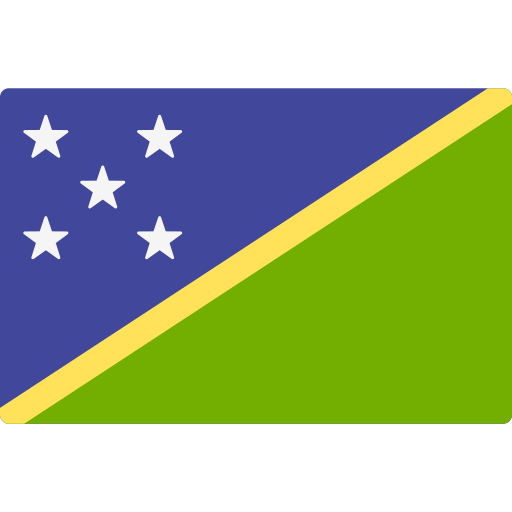

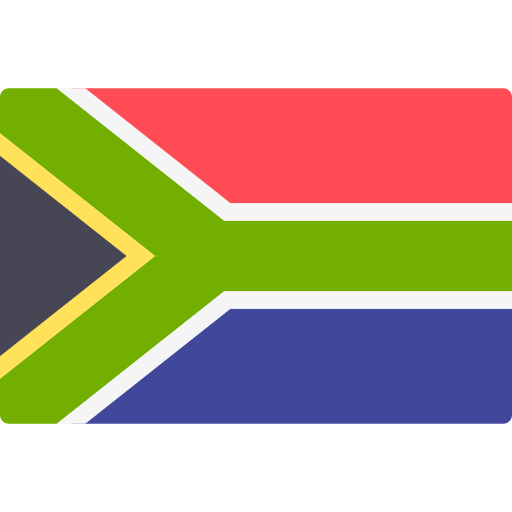











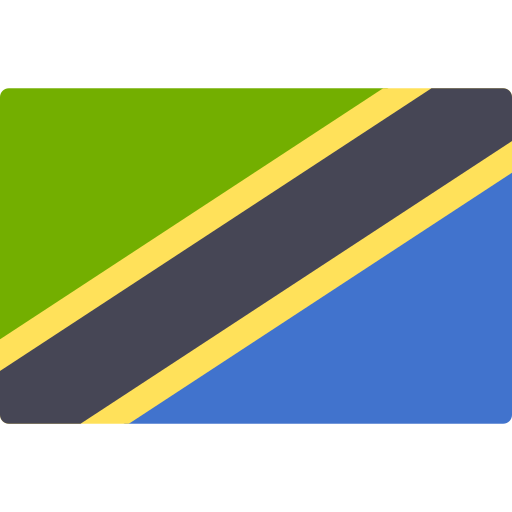


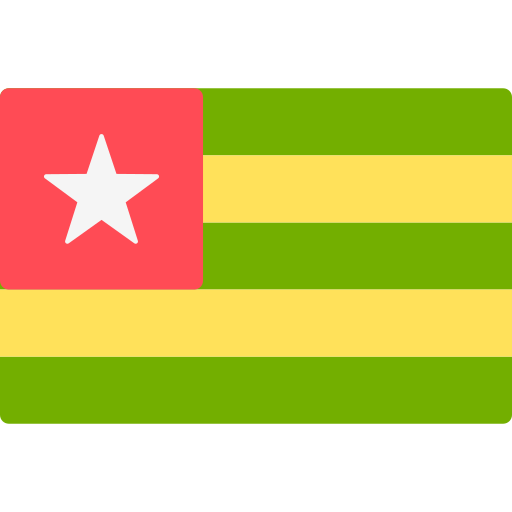


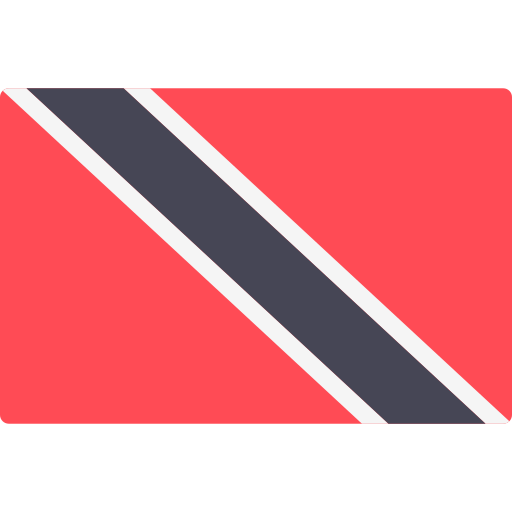



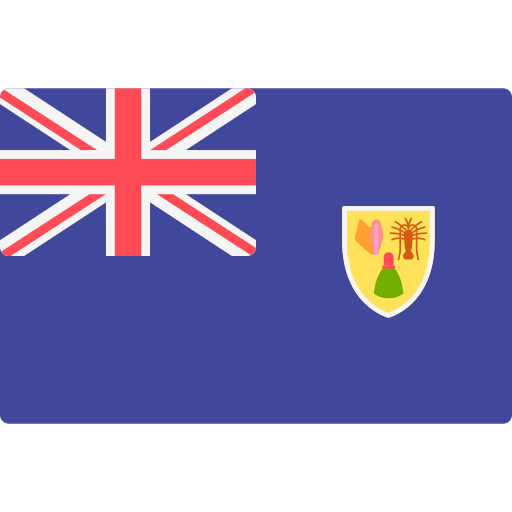
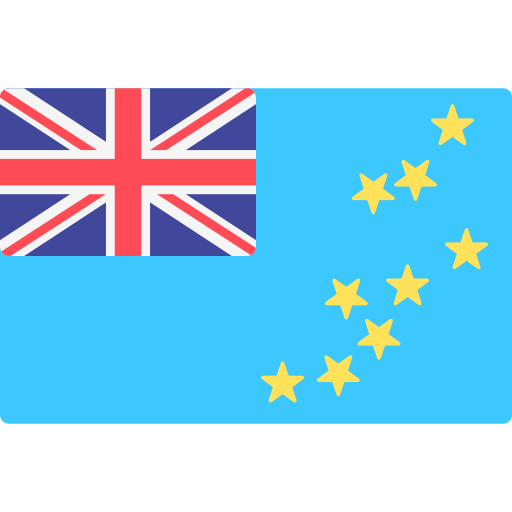
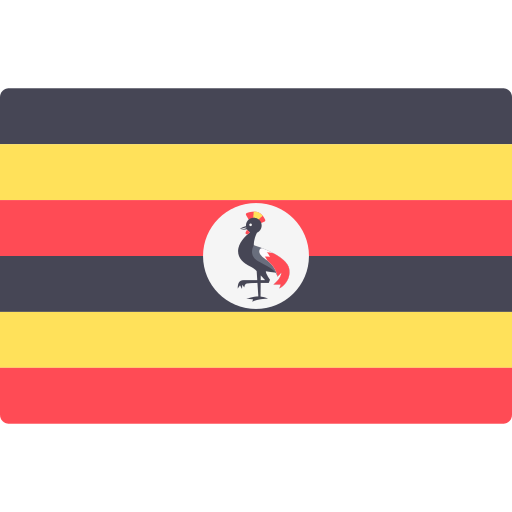


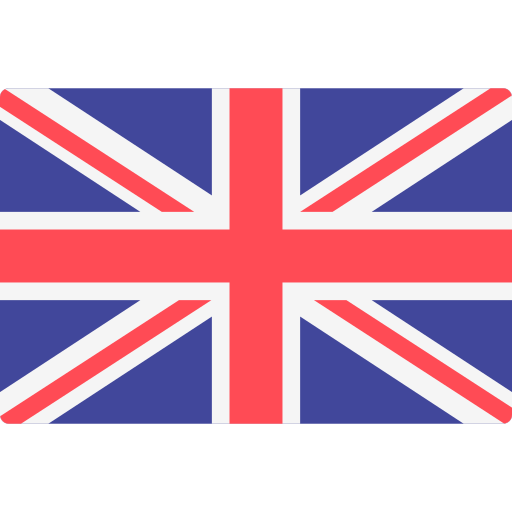


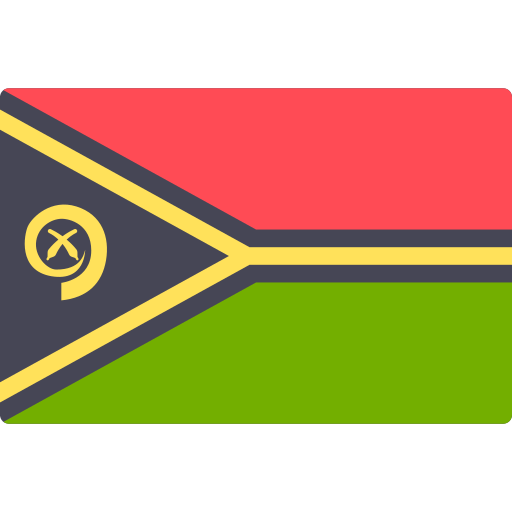



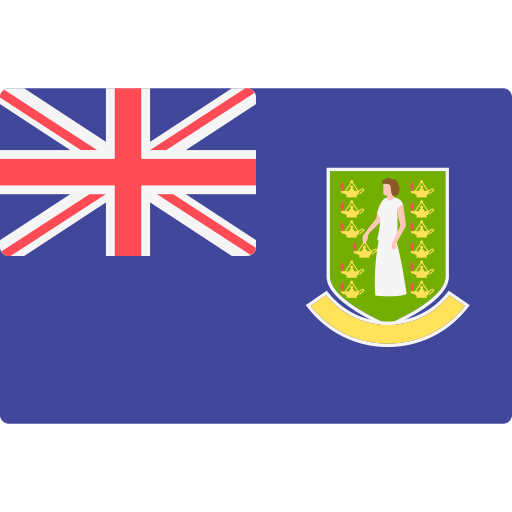



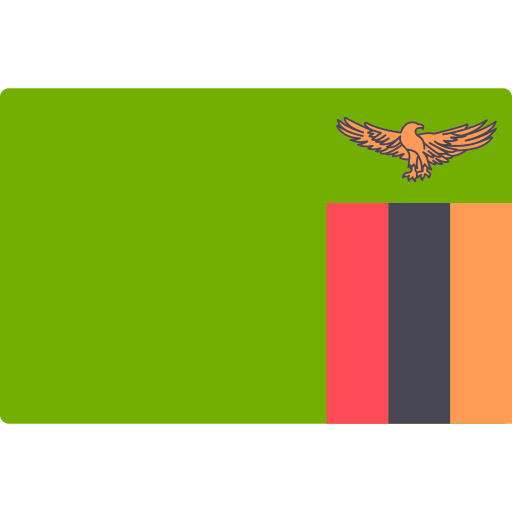
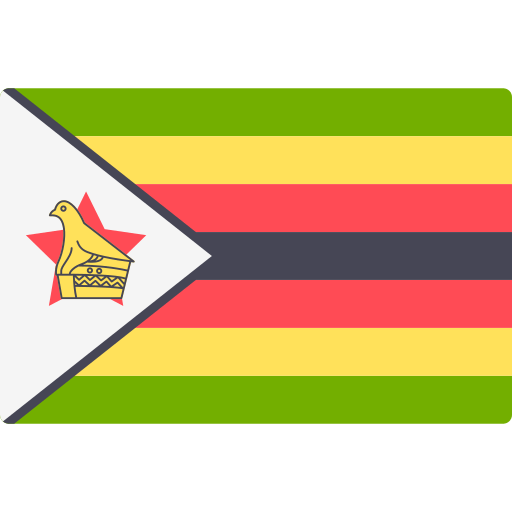



 COMPATIBLE WITH ANY VIDEO SOFTWARE
COMPATIBLE WITH ANY VIDEO SOFTWARE











